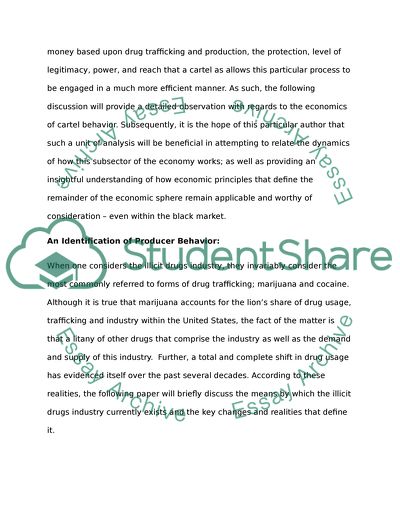Cite this document
(“HOW DO THE MEXICAN DRUG CARTELS WORK TO REDUCE COMPETITION AND Essay”, n.d.)
HOW DO THE MEXICAN DRUG CARTELS WORK TO REDUCE COMPETITION AND Essay. Retrieved from https://studentshare.org/macro-microeconomics/1656235-how-do-the-mexican-drug-cartels-work-to-reduce-competition-and-increase-profits
HOW DO THE MEXICAN DRUG CARTELS WORK TO REDUCE COMPETITION AND Essay. Retrieved from https://studentshare.org/macro-microeconomics/1656235-how-do-the-mexican-drug-cartels-work-to-reduce-competition-and-increase-profits
(HOW DO THE MEXICAN DRUG CARTELS WORK TO REDUCE COMPETITION AND Essay)
HOW DO THE MEXICAN DRUG CARTELS WORK TO REDUCE COMPETITION AND Essay. https://studentshare.org/macro-microeconomics/1656235-how-do-the-mexican-drug-cartels-work-to-reduce-competition-and-increase-profits.
HOW DO THE MEXICAN DRUG CARTELS WORK TO REDUCE COMPETITION AND Essay. https://studentshare.org/macro-microeconomics/1656235-how-do-the-mexican-drug-cartels-work-to-reduce-competition-and-increase-profits.
“HOW DO THE MEXICAN DRUG CARTELS WORK TO REDUCE COMPETITION AND Essay”, n.d. https://studentshare.org/macro-microeconomics/1656235-how-do-the-mexican-drug-cartels-work-to-reduce-competition-and-increase-profits.


